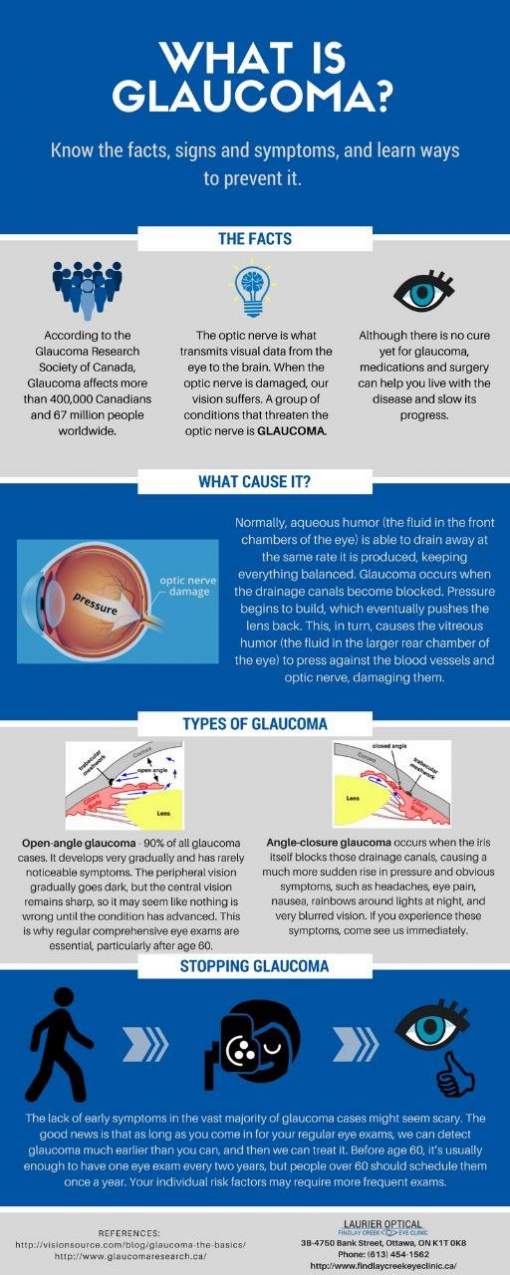The Ultimate Frequently Asked Question On Refractive Lens Exchange: Everything You Need To Know
The Ultimate Frequently Asked Question On Refractive Lens Exchange: Everything You Need To Know
Blog Article
Article Created By-Miller McLean
If you're taking into consideration refractive lens exchange, you probably have a great deal of questions. This procedure could transform exactly how you see the world, offering advantages like reduced dependancy on glasses. However, it's essential to understand the procedure, dangers, and who qualifies as an excellent candidate. Allow's discover these vital facets so you can make an enlightened decision regarding whether RLE is right for you.
What Is Refractive Lens Exchange and Just How Does It Function?
Refractive lens exchange (RLE) is a surgery designed to replace your eye's all-natural lens with a synthetic one, fixing vision problems like nearsightedness, farsightedness, or presbyopia.
Throughout the treatment, your surgeon makes a small cut in the eye, removes your natural lens, and inserts an intraocular lens (IOL) customized to your vision requires. This outpatient surgical treatment commonly takes around 15 to half an hour per eye and is carried out under local anesthesia.
You'll likely notice enhancements in your vision practically promptly, though full recovery might take a few weeks. RLE is especially useful for those over 40 or with high prescriptions, providing a lasting remedy compared to glasses or get in touch with lenses.
Your eye care professional can help figure out if RLE is right for you.
What Are the Benefits and Dangers of Refractive Lens Exchange?
Choosing refractive lens exchange can result in considerable renovations in your vision, but it's important to consider both the benefits and risks before deciding.
On the bonus side, this treatment can boost your sight by remedying problems like presbyopia, nearsightedness, and hyperopia. Numerous people appreciate minimized dependence on glasses or contact lenses, which can significantly boost their quality of life.
However, it's crucial to take into consideration prospective dangers. Complications can include infection, glow, or halos around lights.
There's additionally Cataract Surgery Is It Dangerous of overcorrection or undercorrection, which may call for additional treatments.
That Is a Perfect Candidate for Refractive Lens Exchange?
If you're considering refractive lens exchange, it is very important to know whether you fit the account of a perfect candidate. Generally, you might be an excellent candidate if you more than 40, experience presbyopia, or have high levels of nearsightedness or farsightedness.
It's likewise critical that your vision is secure, indicating your prescription hasn't altered significantly in the past year. If you have cataracts or various other eye conditions, you might gain from this procedure as well.
Nonetheless, specific factors, like unrestrained diabetic issues or autoimmune illness, can invalidate you. To determine your candidateship, consult with an eye care professional who can evaluate your details situation and advise the best course of action customized to your needs.
Final thought
To conclude, refractive lens exchange can be a transformative option for improving your vision, particularly if you're over 40 or have a high prescription. While the advantages are significant, it's vital to weigh the risks and talk to your eye care professional to identify if you're an excellent candidate. With https://click4r.com/posts/g/20364973/discover-the-conveniences-of-opting-for-an-experienced-lasik-doctor-fo and support, you can make an educated choice and potentially enjoy a life with decreased reliance on glasses.
